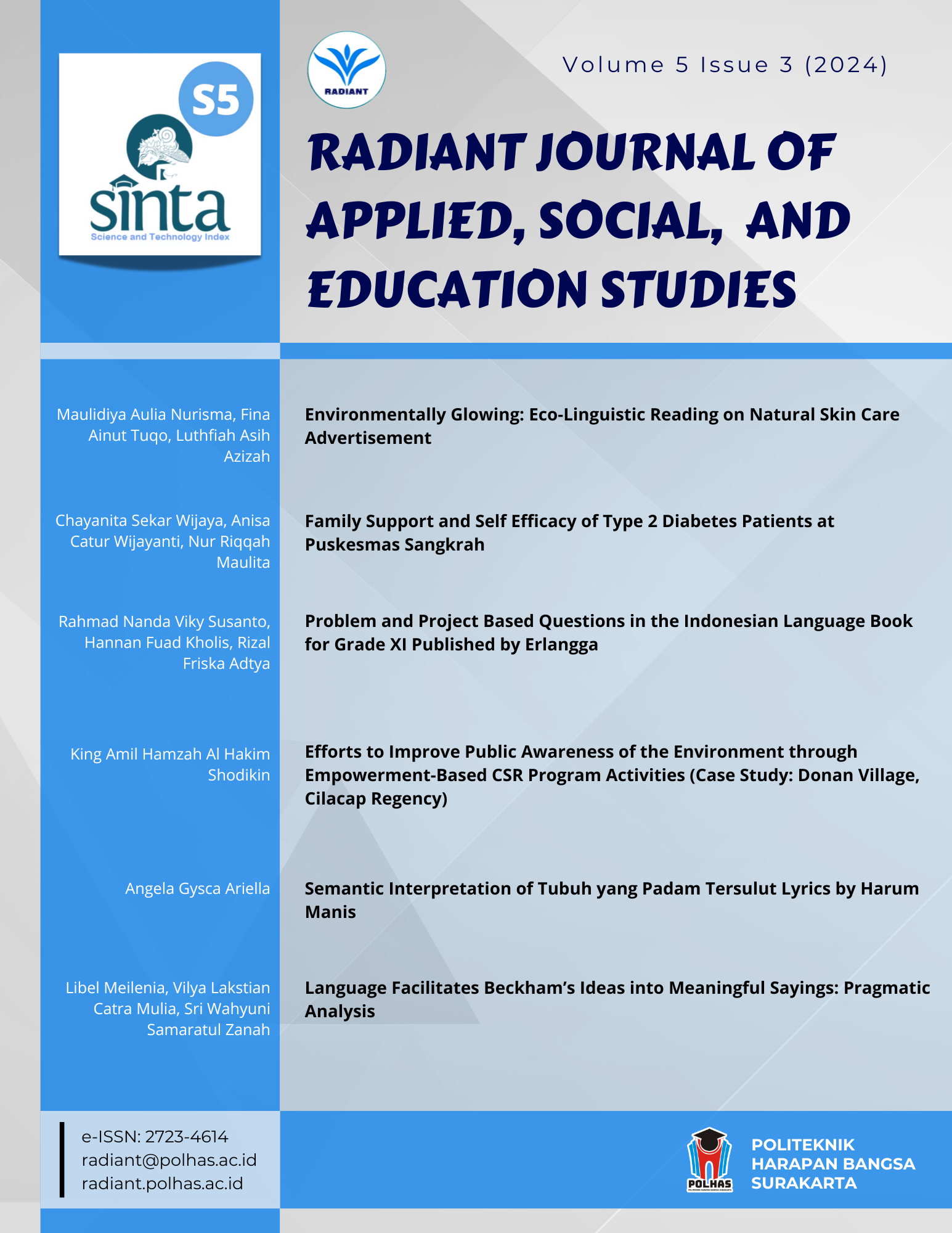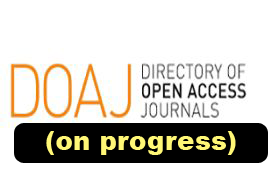Language Facilitates Beckham’s Ideas into Meaningful Sayings: Pragmatic Analysis
DOI:
https://doi.org/10.52187/rdt.v5i3.276Keywords:
beckham, speech, speech act, pragmaticsAbstract
In his speech at UNICEF, David Beckham emphasized the importance of protecting the dreams and aspirations of children. He shared his experience while visiting various countries. As a public figure, Beckham utilizes his popularity to advocate for important issues. His speech at UNICEF is a prime example of how Beckham leverages his platform to have a positively impact and inspire others. This research analyses speech acts as Beckham’s communication strategy to articulate the objective of his speech. The data used are words, phrases, and clauses. The research employs document analysis, where the researchers transcribe Beckham’s speech and divide the transcript into several clauses. These clauses are the used to analyse the speech act utilized in Beckham’s speech at UNICEF. Beckham’s speech proved to be effective in influencing the audience. He utilized his popularity to encourage action in protecting children’s dream. Analysis shows that the speech was not only informative but also successfully generated empathy and prompted concrete actions from listeners.
References
Hussain, T., Shahwar, D. and Basit, A. (2020) ‘A Speech Act Analysis of the First Speech of Imran Khan as Prime Minister’, Global Political Review, V(II), pp. 1–10. doi: 10.31703/gpr.2020(v-ii).01.
Jannatussholihah, S. and Triyono, S. (2020) ‘Power in Indonesian Presidential Speeches: an Analysis of Linguistic Modality’, LiNGUA: Jurnal Ilmu Bahasa dan Sastra, 15(2), pp. 239–252. doi: 10.18860/ling.v15i2.8471.
Kanaza, F. U. (2020). A language function: The analysis of conative function in Meghan Markle’s speech. Etnolingual, 4(1), 43-55.
Mezmir, E. A. (2020) ‘Qualitative Data Analysis: An Overview of Data Reduction, Data Display and Interpretation’, Research on Humanities and Social Sciences, 10(21), pp. 15–27. doi: 10.7176/rhss/10-21-02.
Nainggolan, F. et al. (2021) ‘An analysis of Figurative Language on Joe Biden’s Victory Speech’, International Journal on Integrated Education, 4(3), pp. 364–375. Available at: https://journals.researchparks.org/index.php/IJIE/article/view/1514.
Nassaji, H. (2020) ‘Good qualitative research’, Language Teaching Research, 24(4), pp. 427–431. doi: 10.1177/1362168820941288.
Rismayanti, H. (2021) ‘The Analysis of Locutionary Act, Illocutionary Act, and Perlocutionary Act in Five Feet Apart Movie’, MEDIOVA: Journal of Islamic Media Studies, 1(2), pp. 138–149. doi: 10.32923/medio.v1i2.1915.
Simanjuntak, N. et al. (2022) ‘“We All Are Perfectly Imperfect”: an Interpersonal Metafunction of Muniba Mazari’S Speech in a Case on Systemic Functional Linguistics’, English Review: Journal of English Education, 10(3), pp. 793–800. doi: 10.25134/erjee.v10i3.6326.


















